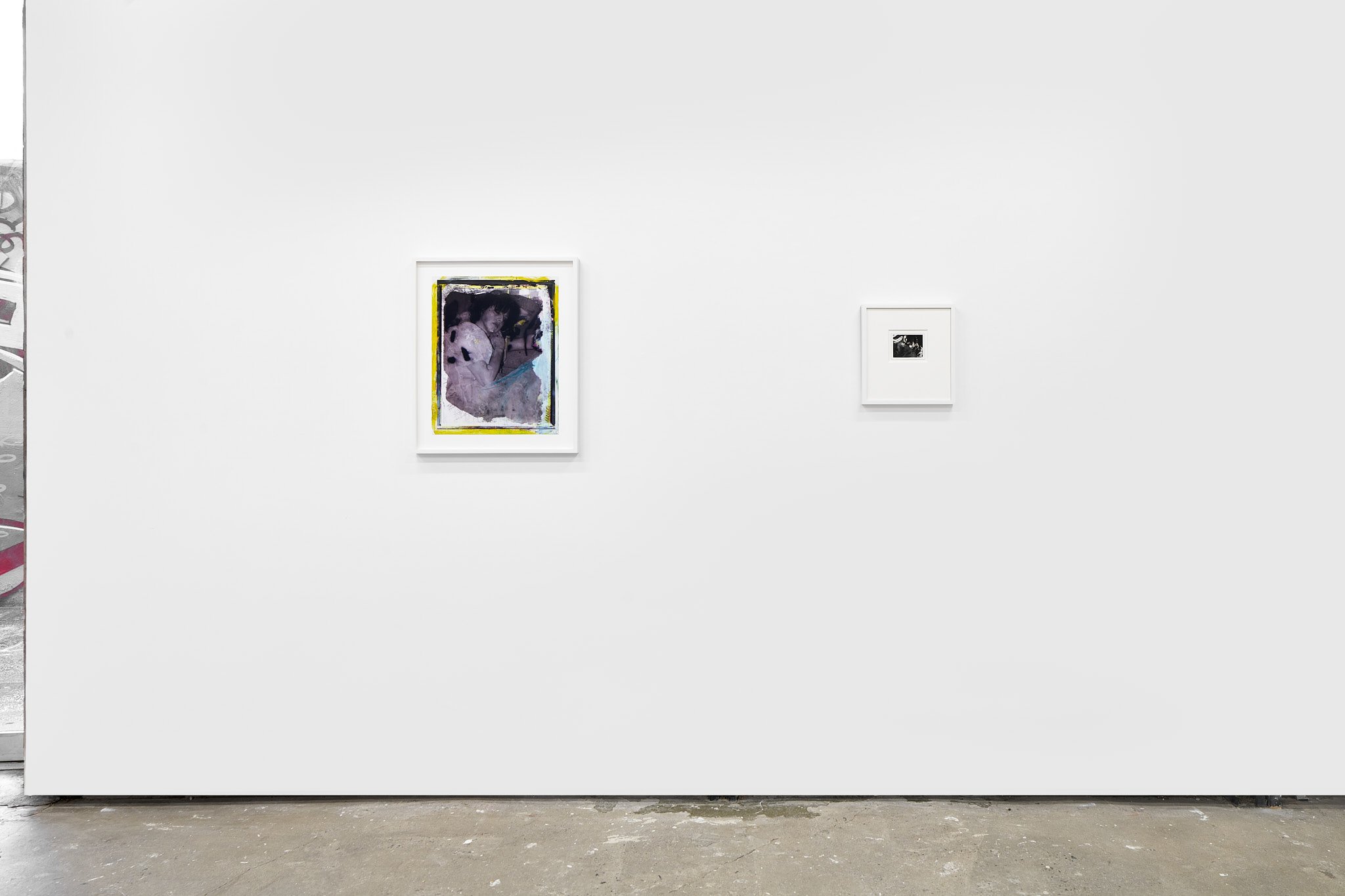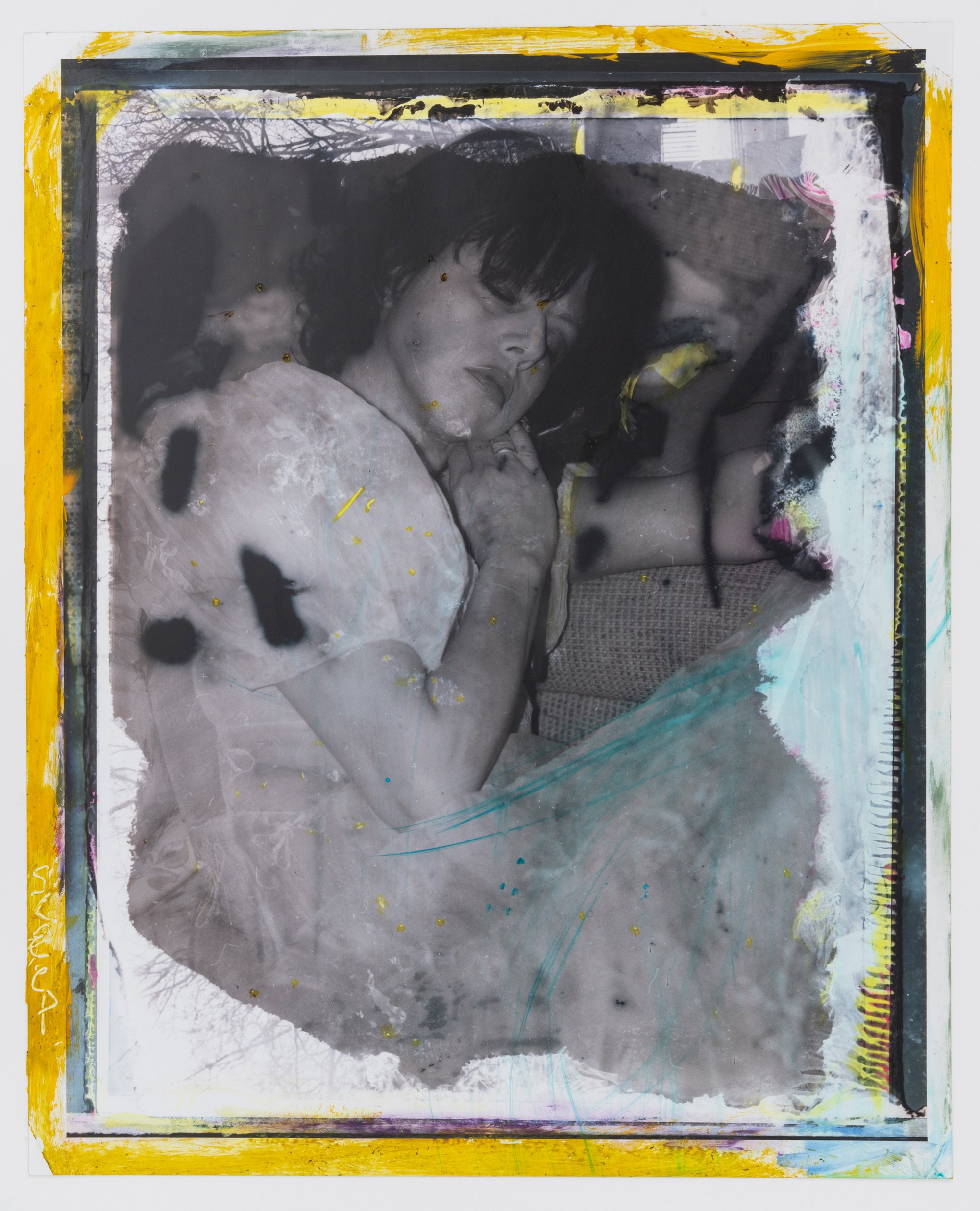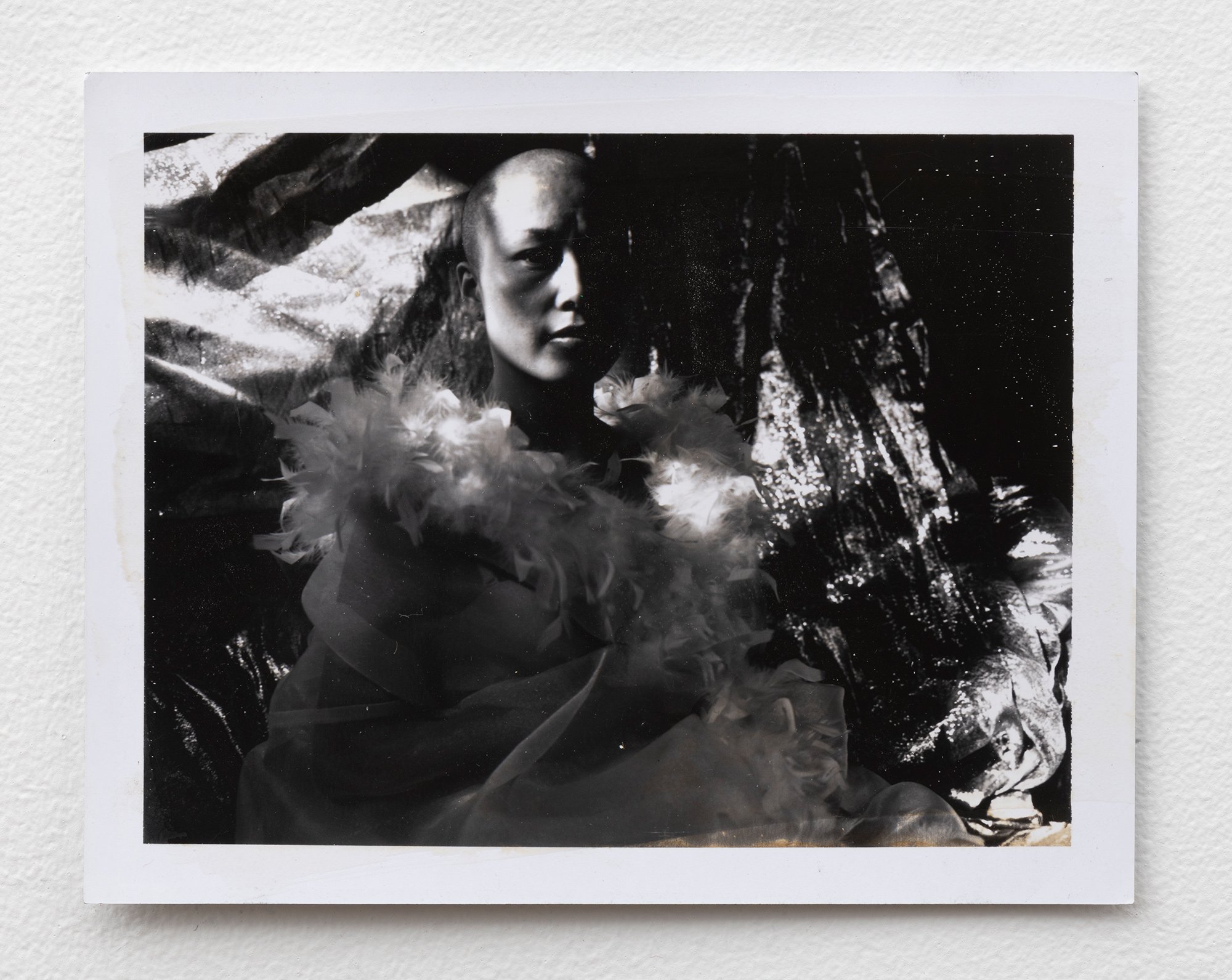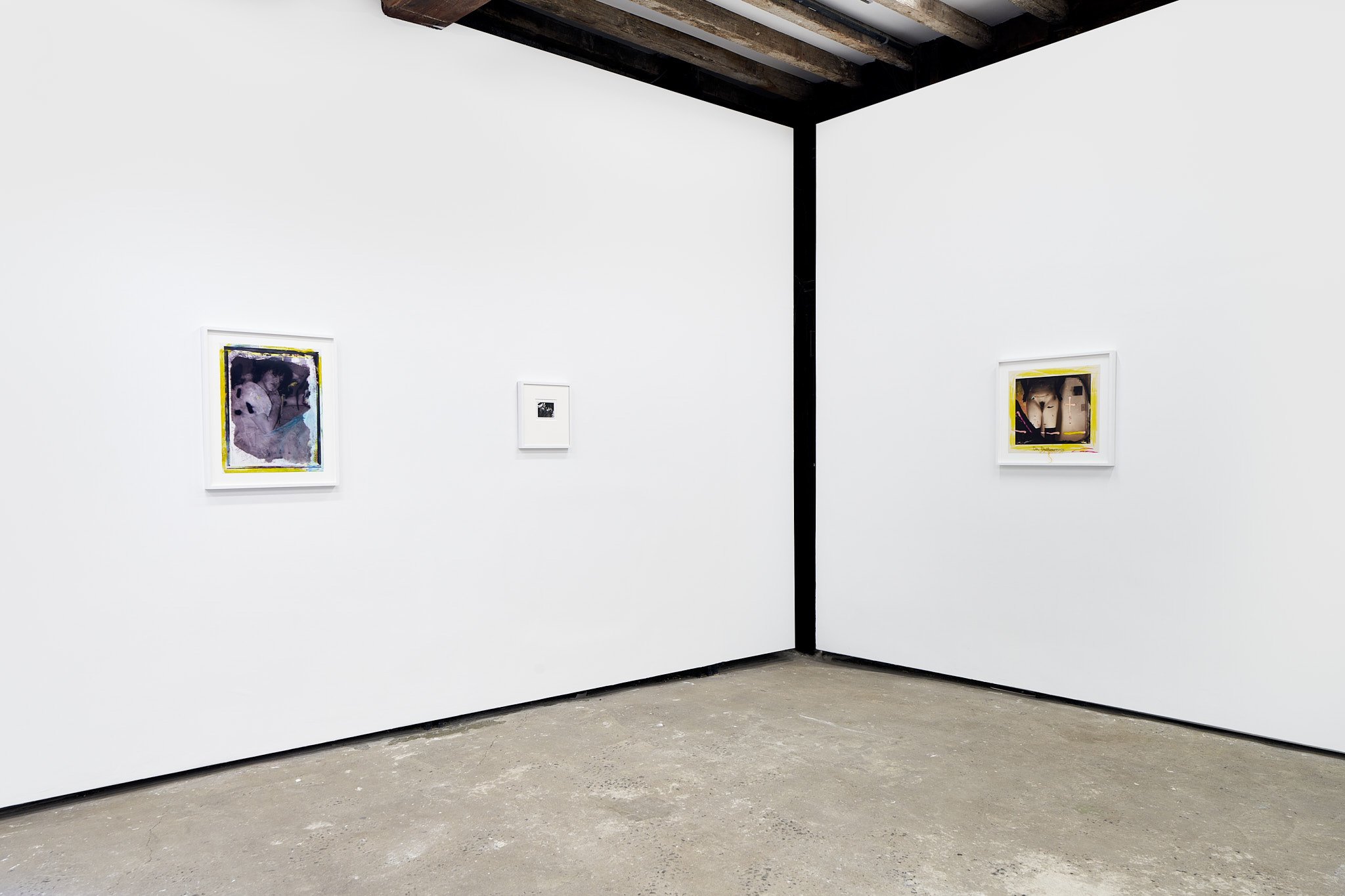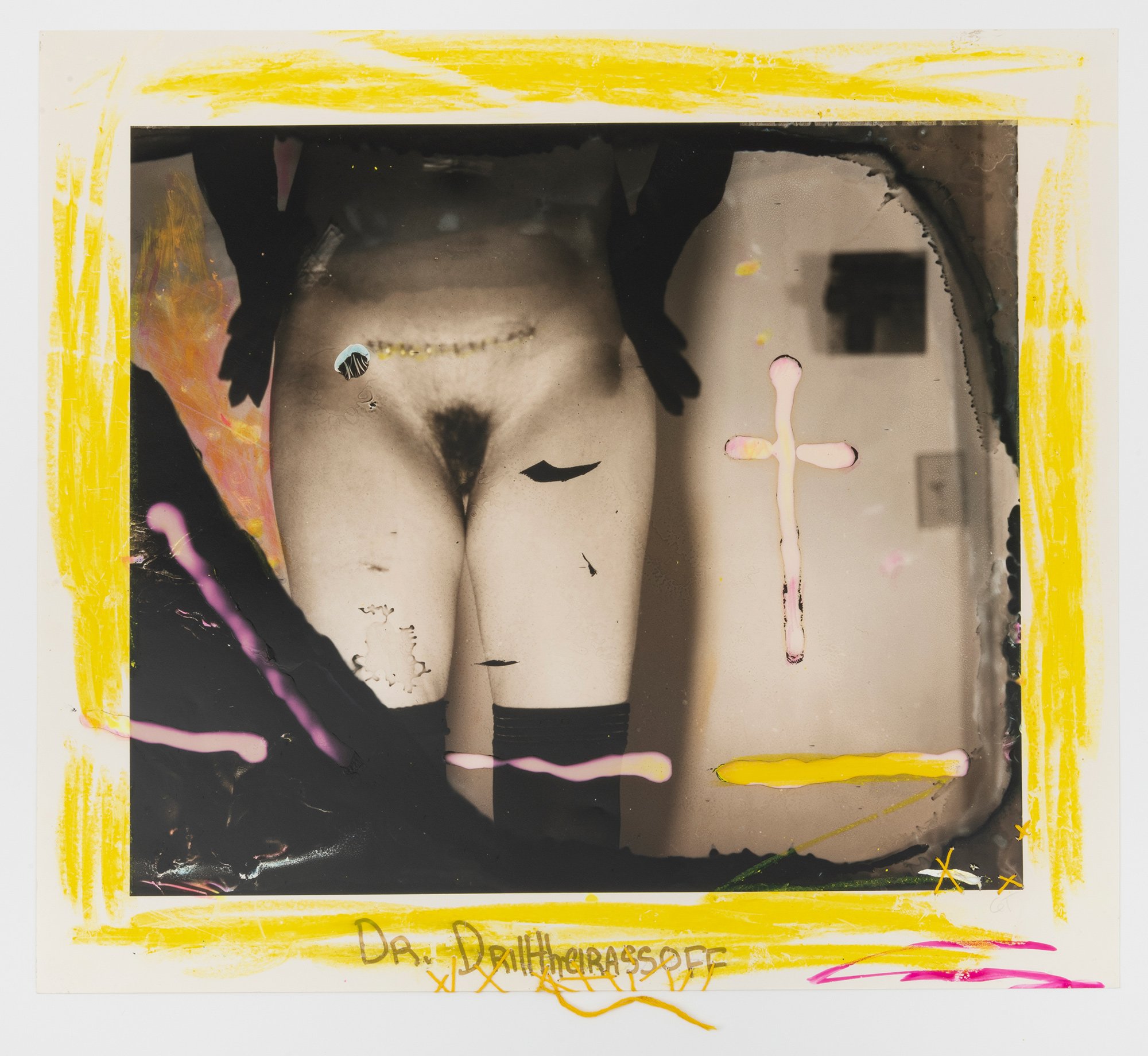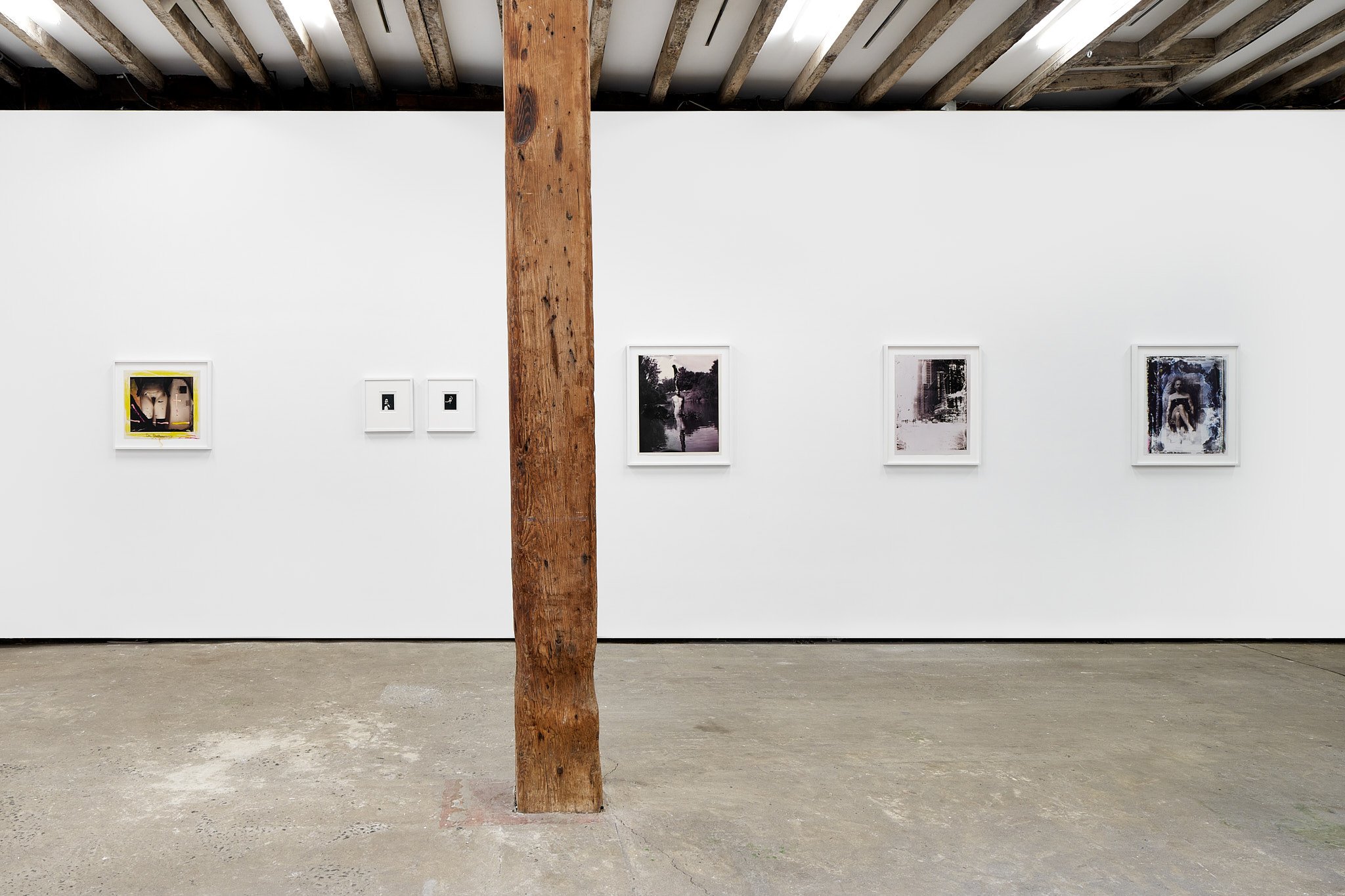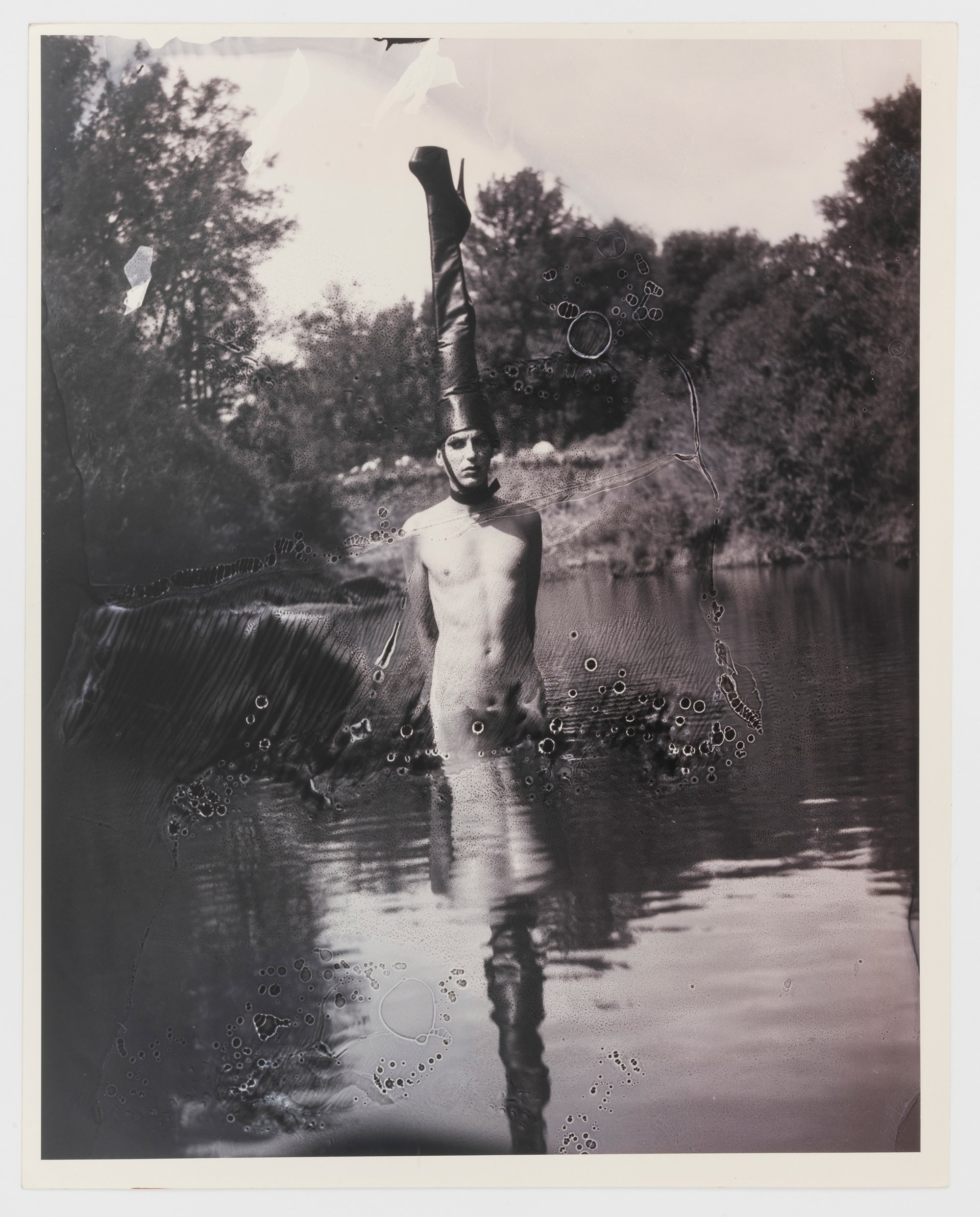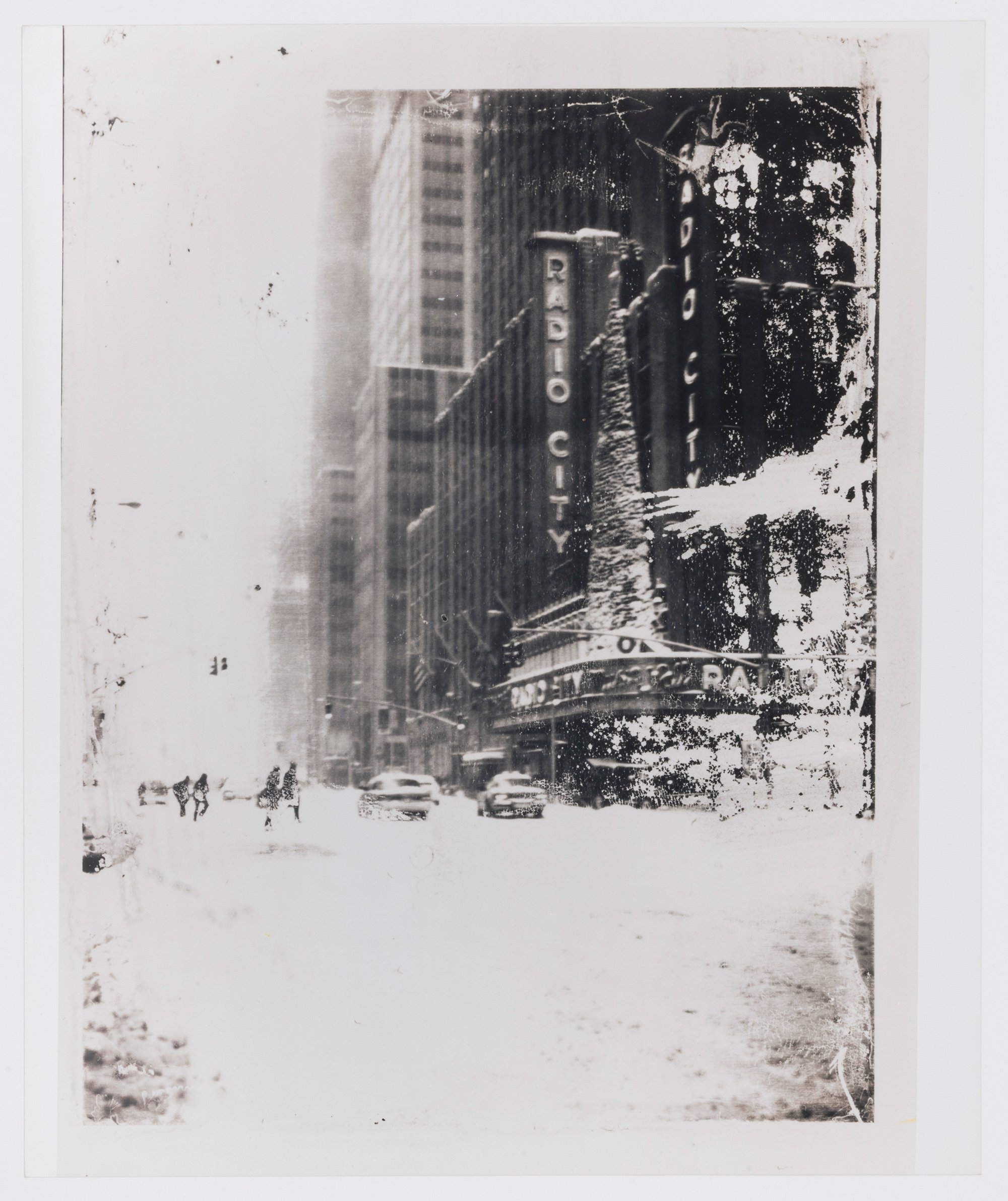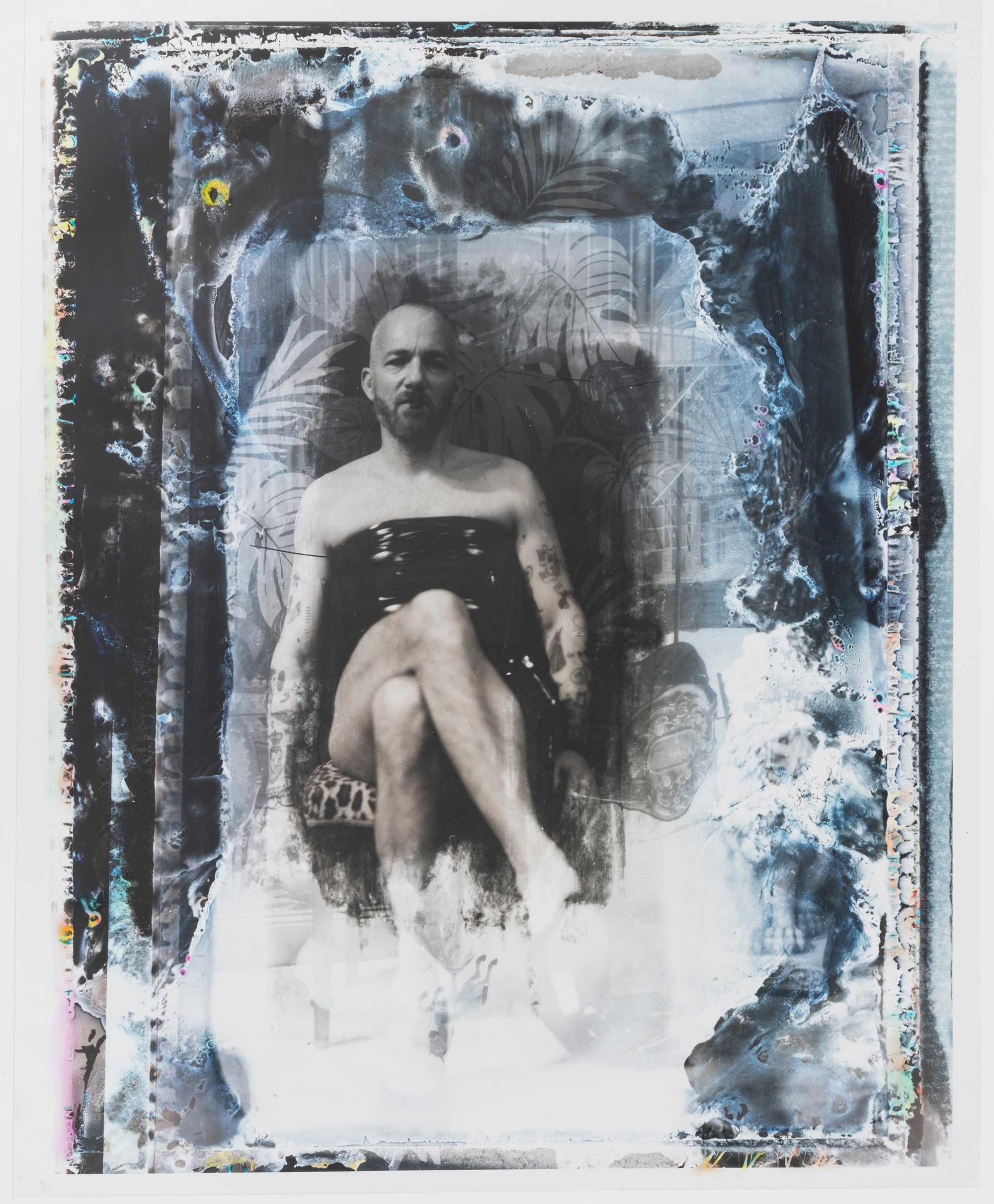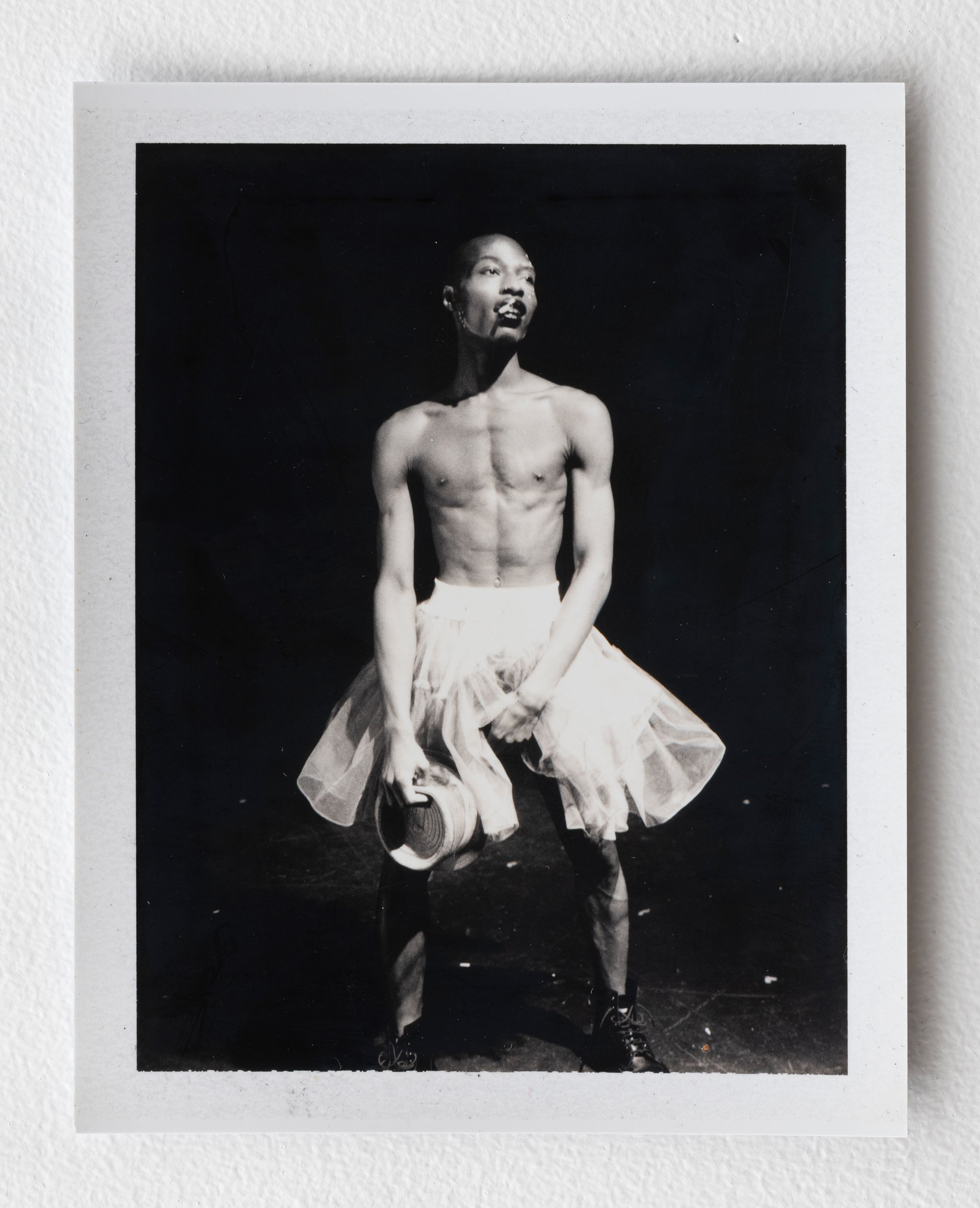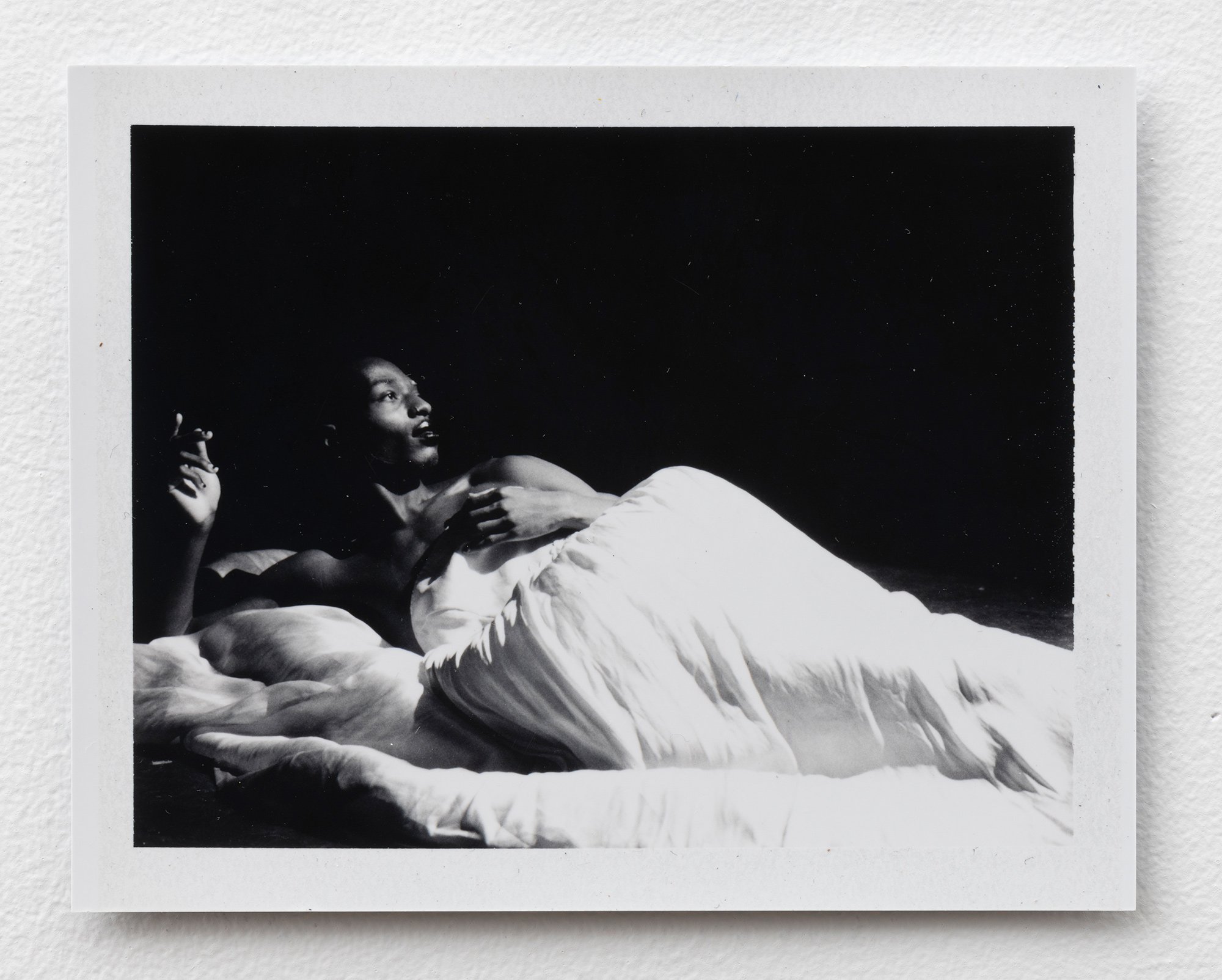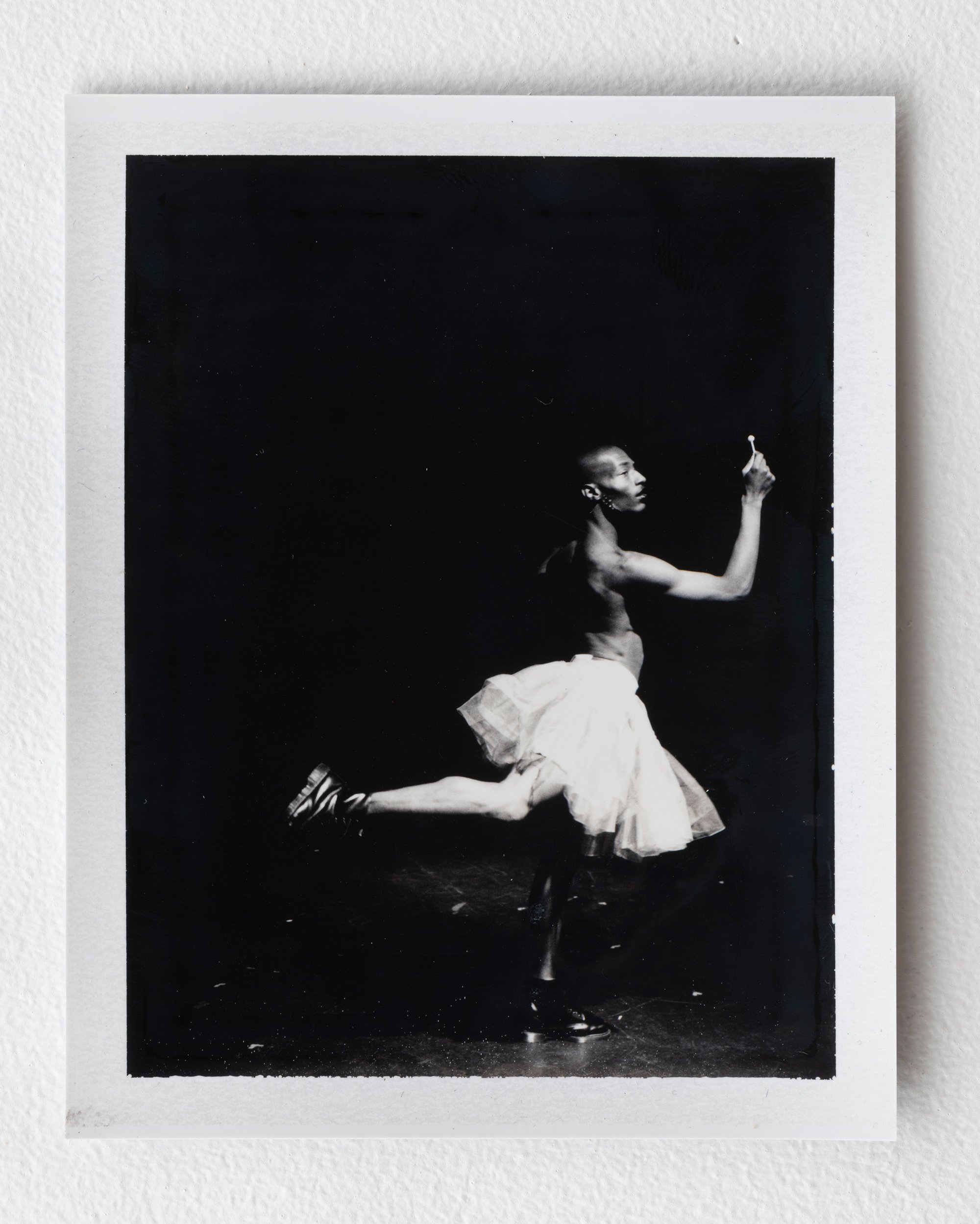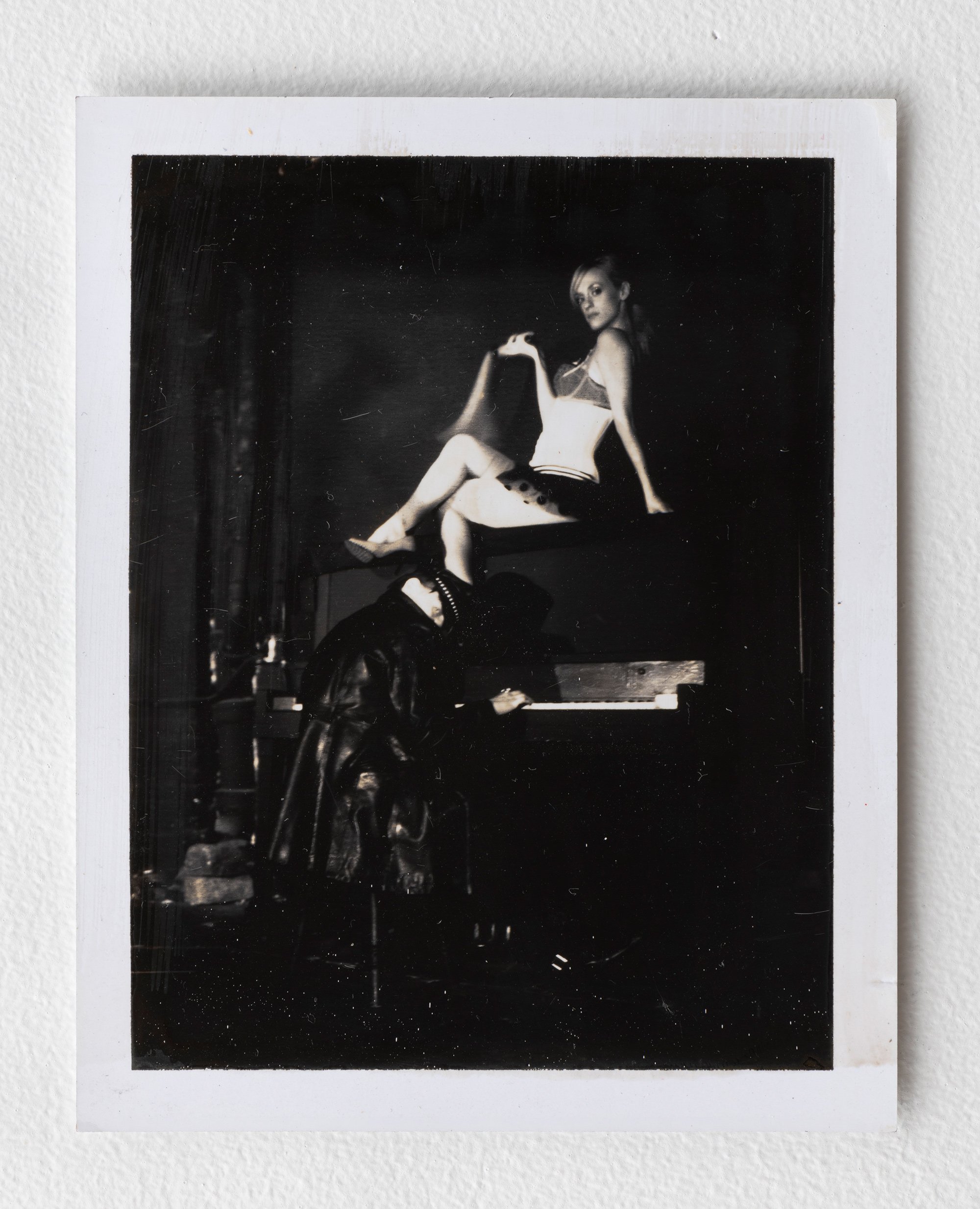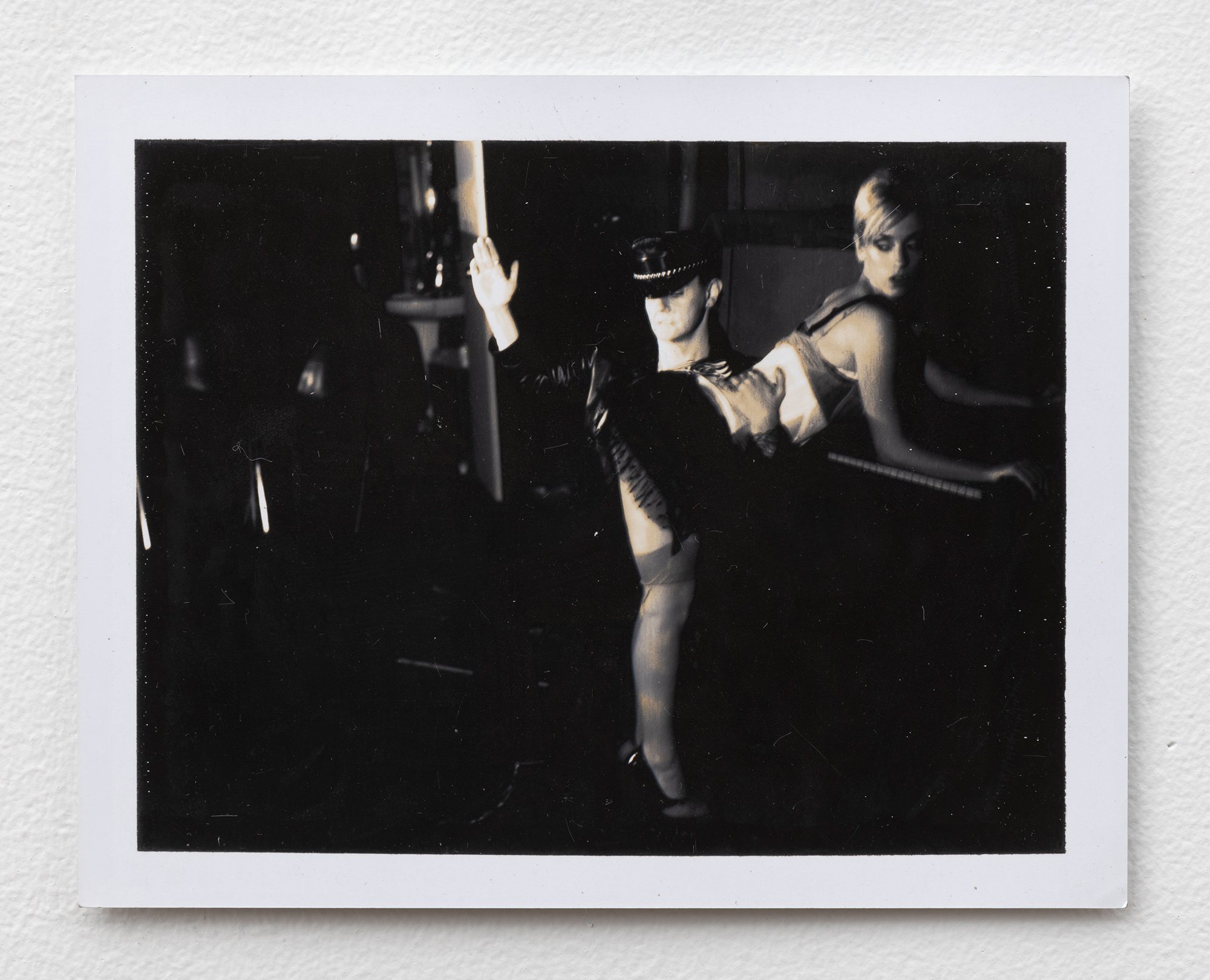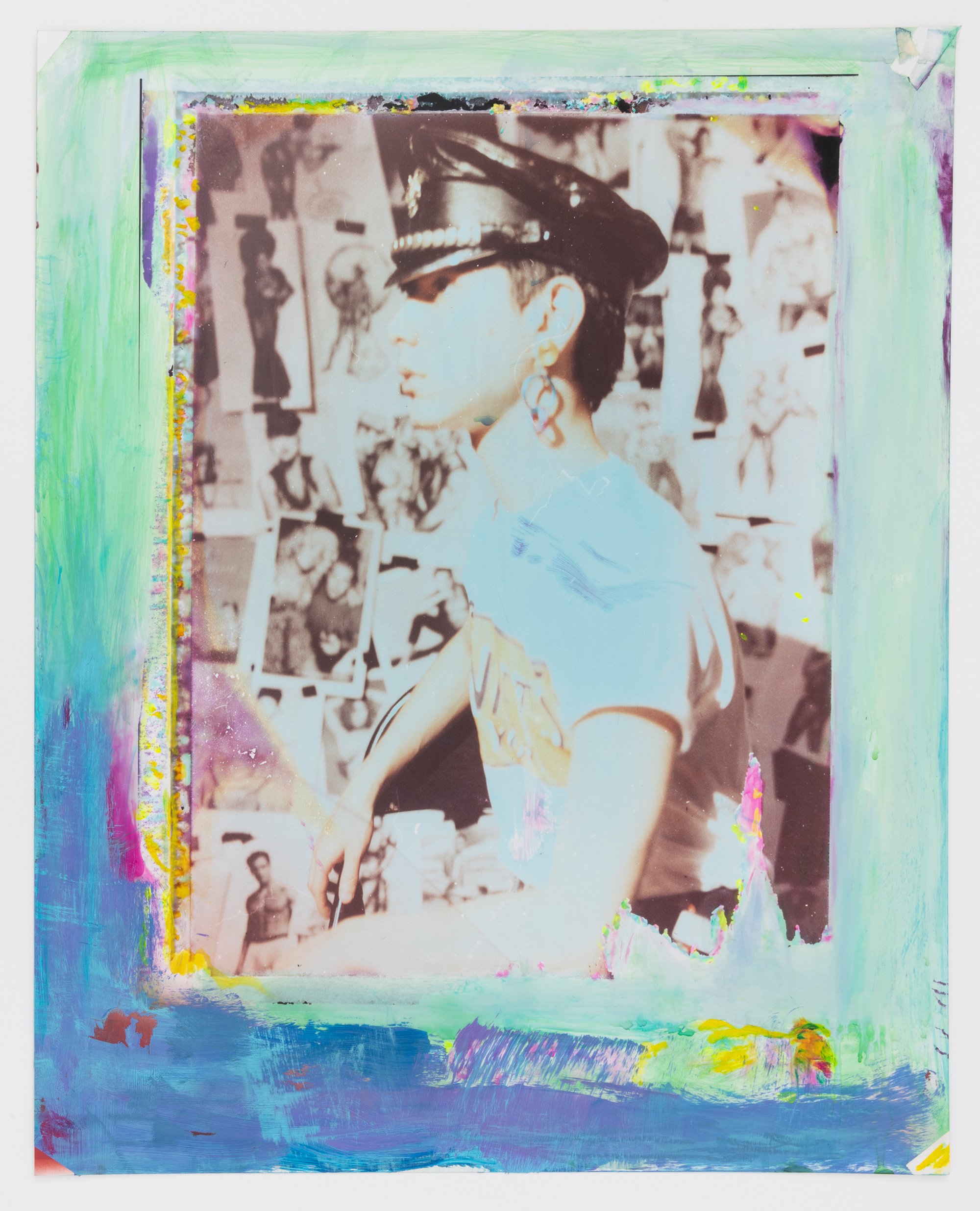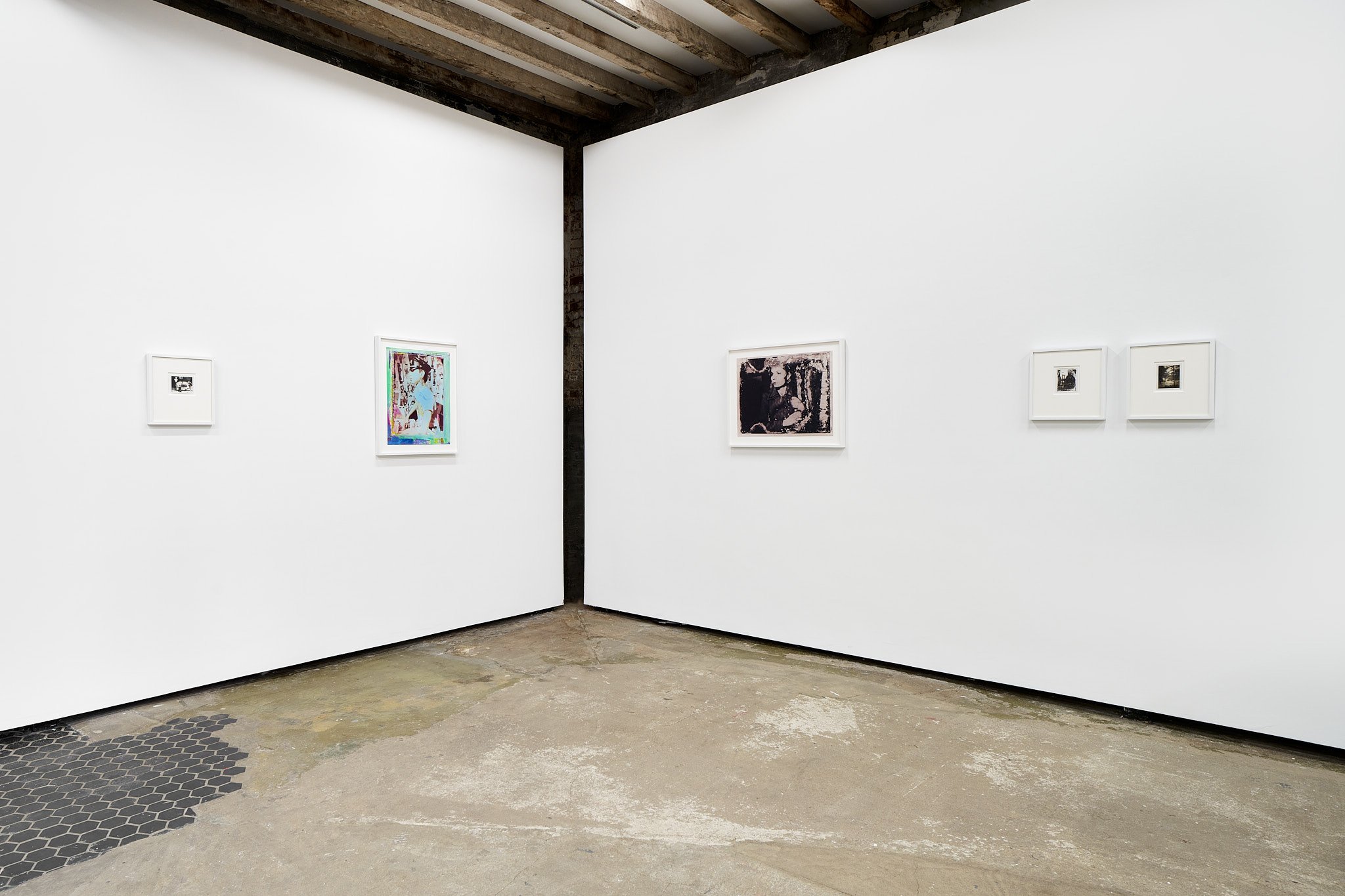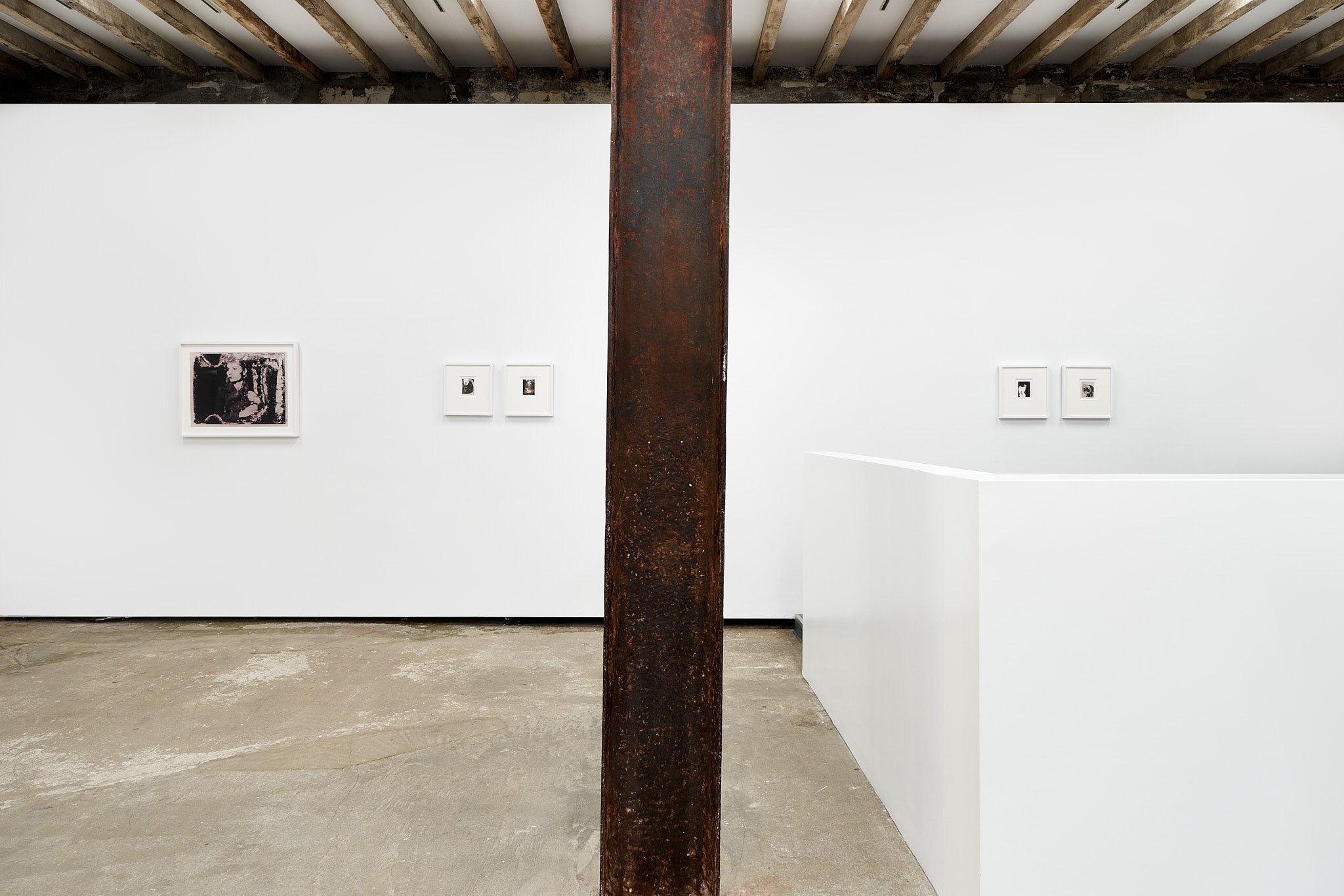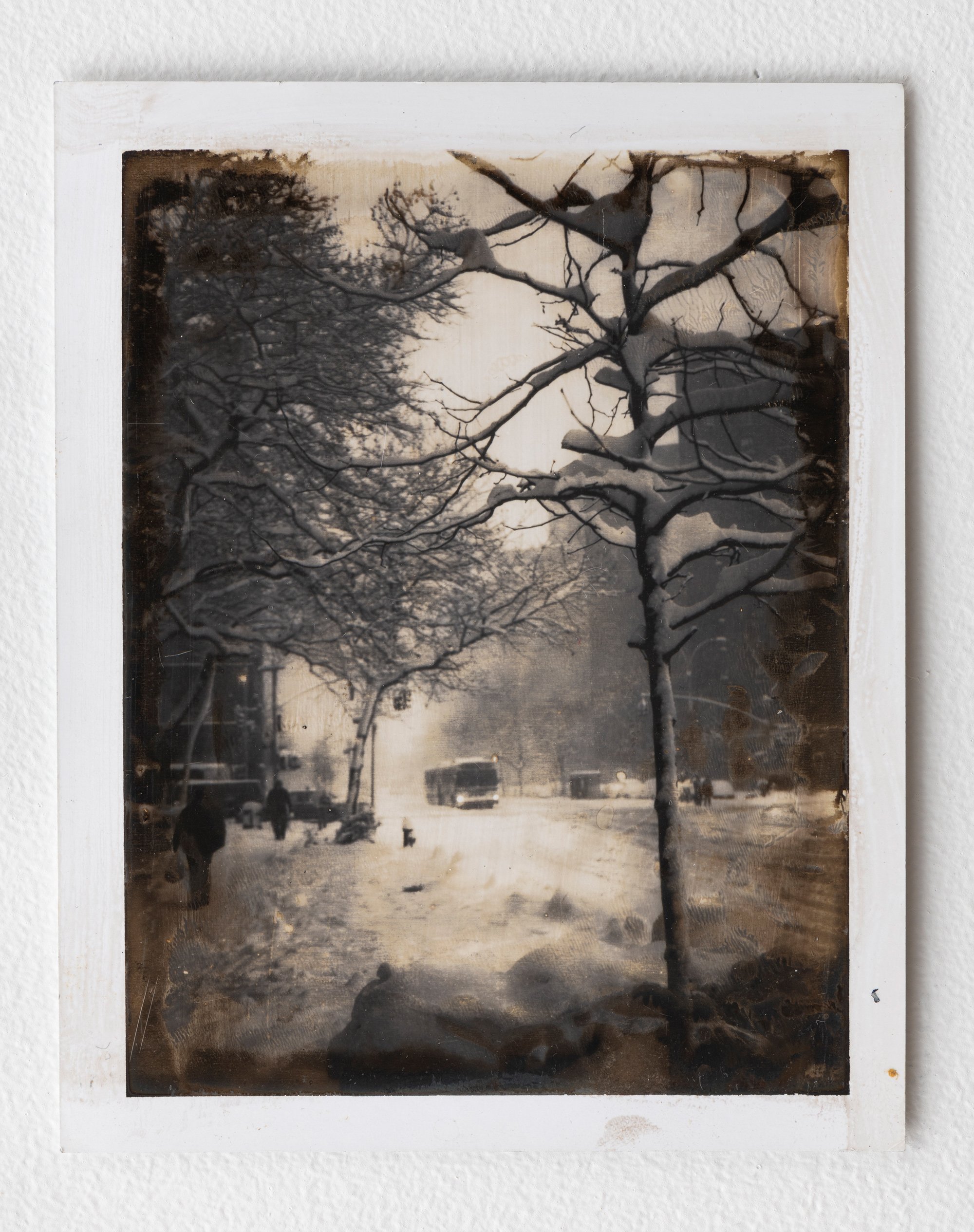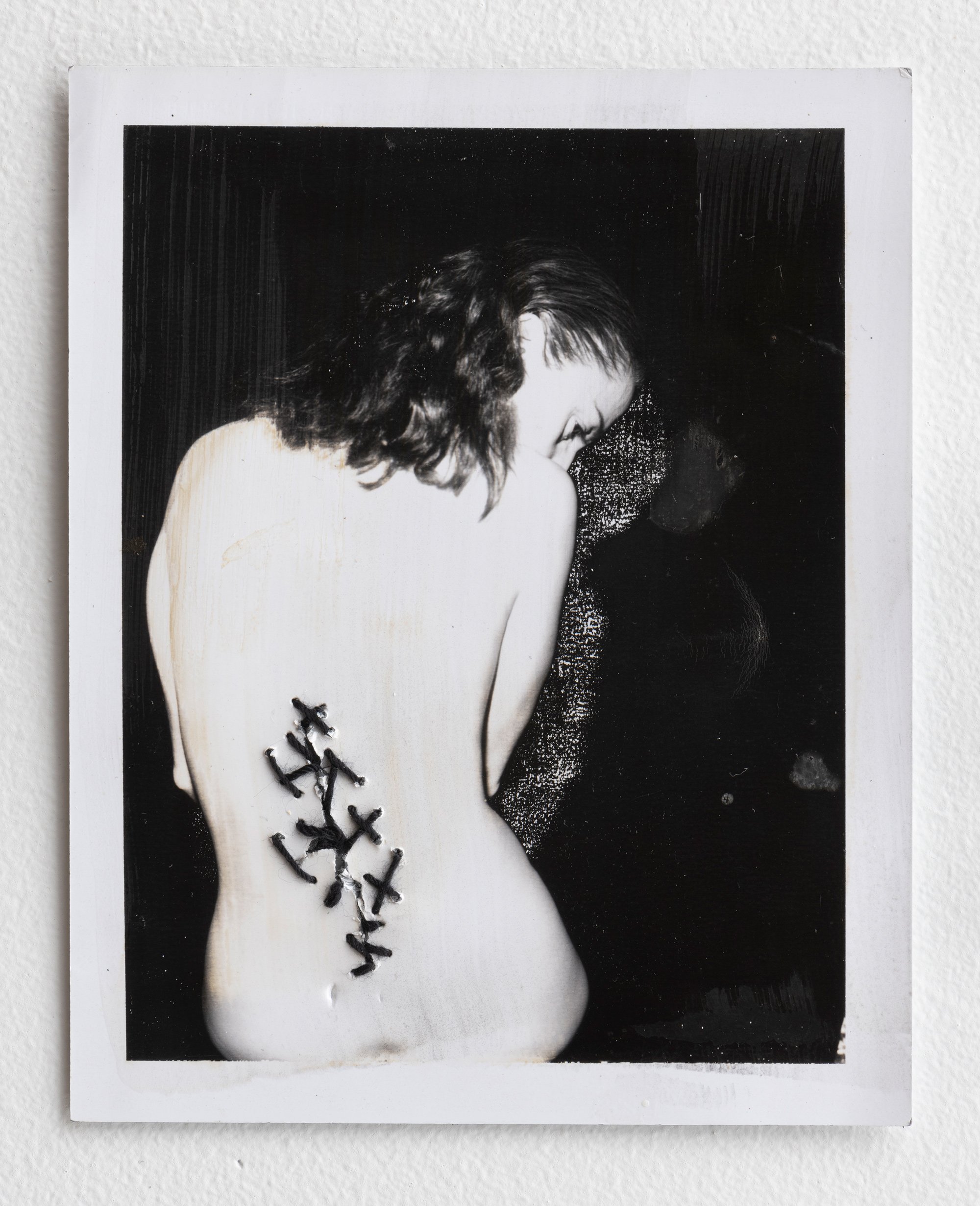Gail Thacker
Gail Thacker
Gail Thacker’s Midnight Call
October 24 – December 9, 2023
1 Freeman Alley, New York
CANDICE MADEY is thrilled to announce the expansion of the gallery to include a second exhibition space at 1 Freeman Alley, which will be inaugurated with a solo exhibition of New York–based artist Gail Thacker. The new space at 1 Freeman Alley is located around the corner from CANDICE MADEY’s existing location at 1 Rivington Street at the Bowery, and the gallery will run a program of parallel exhibitions in the two spaces. Gail Thacker’s Midnight Call opens on October 24 and presents black–and–white Polaroids and related analog photographs created with a Polaroid 665 camera, dating from 1994 to 2022.
Thacker’s work features a community of artists, performers, friends and lovers who have congregated in downtown New York since the 1980s, specifically around the Gene Frankel Theatre on Bond Street. Thacker began as Frankel’s assistant, an experience she describes as life-altering, and since Frankel’s death in 2005, she has continued as the theater’s artistic director and producer, advancing its seventy-four-year history of championing civil rights and progressive thinking. The theater–along with other spaces Thacker occupies with her friends, such as the Dyke March, a rural farm in Oregon, and the streets of New York City–provide the backdrop for a powerful exploration of storytelling and self-agency in her work.
Trained as a painter, Thacker’s unconventional approach to photography involves subjecting images taken with Polaroid 665 positive-negative film to experimental alchemical processes that encourage the negatives’ decay, revealing in material form the artist’s metaphysical views about life, death, temporality and the transience of lived experience–beliefs that were gravely influenced by the personal losses she experienced during the AIDS crisis.
Thacker’s work was beautifully described by the great poet Steve Cannon in a 2012 collaboration:
“The introduction of Polaroid ‘instant’ film in 1948 revolutionized photography by placing the chemical process literally in the photographer’s hand, and it didn’t take long for artists to stumble upon the many possibilities for subterfuge. One of those pioneering artists is Gail Thacker, who for decades has used the inherent instability of Polaroid film as an active component in her portraits and cityscapes. By deliberately evading fixing protocols and placing her negatives aside for as long as a year after exposure, she subjects them to a series of random changes and distortions, and the resulting C-prints have a vibrancy and life that could only originate in the ethers of science and chance. The intensity of Thacker’s images also comes from her choice of theatrical and transgressive subjects and her ability to find her vision at the edge of coherent perception.”
In addition to her professional roles as a producer and artist, Thacker defines herself as a pataphysician, offering an alternative metaphysical approach to the narrative of her life and work. Invented by writer Alfred Jarry in the late nineteenth century (not coincidentally, a period of great experimentation in the practice of photography), pataphysics is an admittedly amorphous imagined “science” of possible world-views. Thacker’s unique specialty is a made-up neuroscience that investigates notions of the particular and the meaning of errors. Her worlds teem with untethered experimentation, asynchronistic visual cues and love, passion and play, offering fleeting glimpses of a reality guided by magic and imagination–a strong form of dissent in today’s overwhelmingly digital world.
Thacker studied at the School of the Museum of Fine Arts at Tufts University, Boston, and at the Massachusetts Institute of Technology’s Center for Advanced Visual Studies from 1978 to 1981. She graduated from the School of the Museum of Fine Arts in 1981. During these years, Thacker shared an ethos of “life as art philosophy” with peers Nan Goldin, Pat Hearn, Mark Morrisroe, Jack Pierson, Tabboo!, and others who all studied in Boston-area colleges during the 1970s and early ‘80s before relocating to New York–and some of whom would later become known collectively as the Boston School.
A monograph, Between the Sun and Moon: Gail Thacker’s Polaroids, with essays by Barbara Hitchcock, Jonathan David Katz and Eileen Myles, was published by QCC Art Gallery Press of the City University of New York in 2017. Thacker’s work is included in the collections of the City University of New York; Leslie–Lohman Museum of Art, New York; New York Public Library; Institute of Contemporary Art, Boston; Wadsworth Atheneum Museum of Art, Hartford, CT; Fotomuseum Winterthur, Switzerland; and Centro Galego de Arte Contemporánea, Galicia, Spain, as well as in numerous private collections in the United States and abroad. Thacker has lived and worked in New York City since 1982.
CANDICE MADEY’s 1 Freeman Alley gallery location is open to the public Tuesday to Saturday, 11am to 6pm.
–


